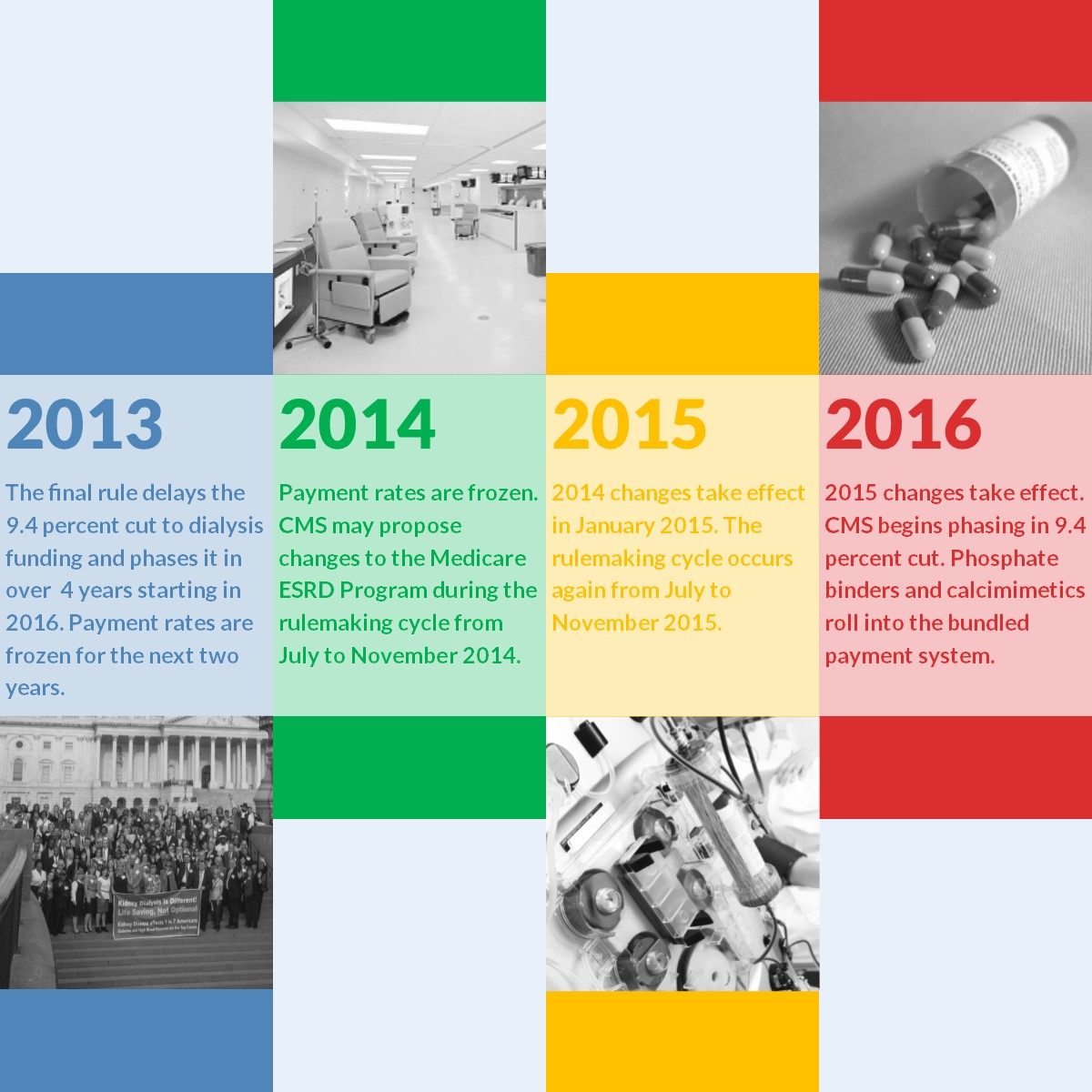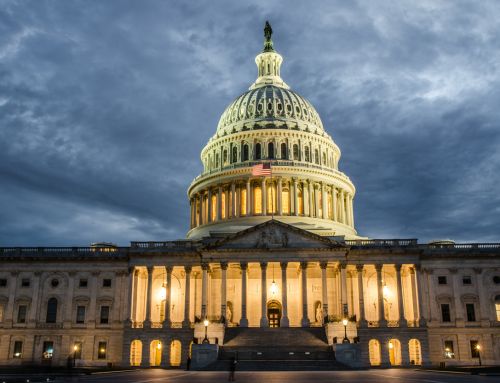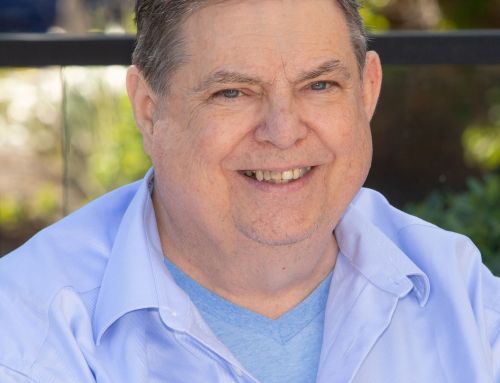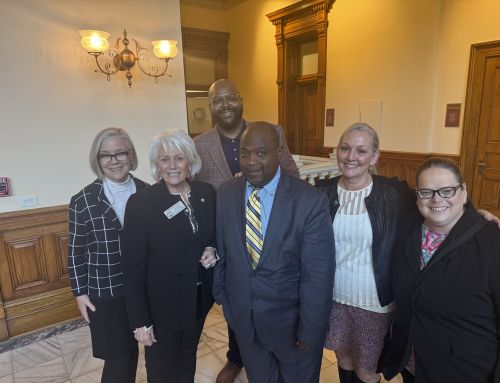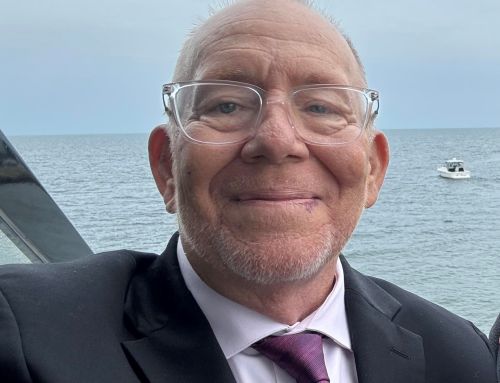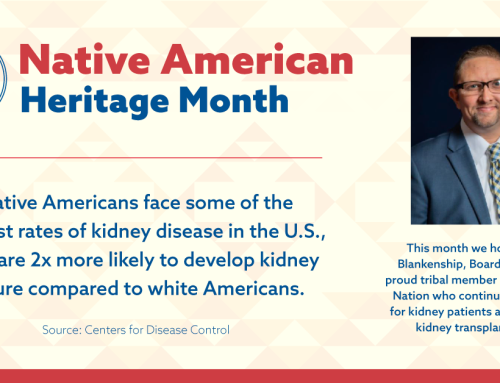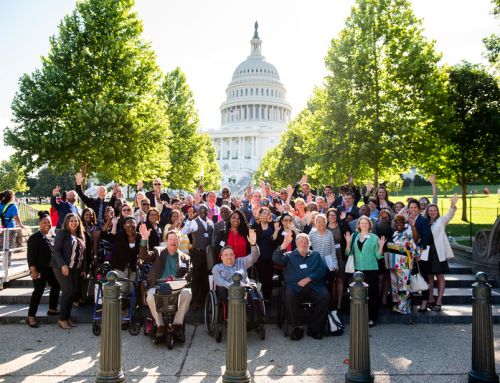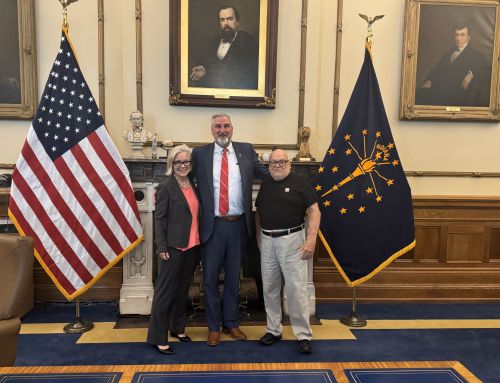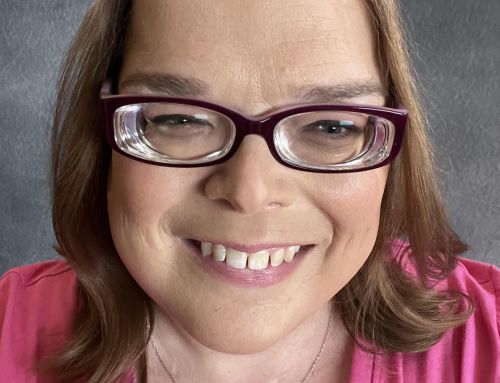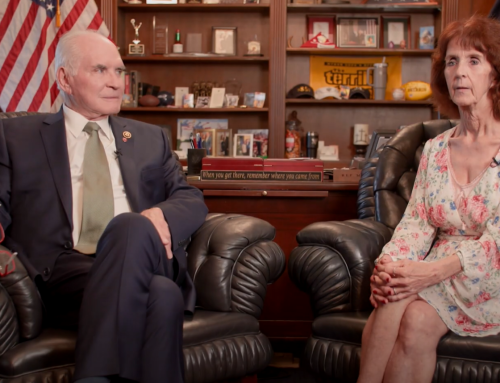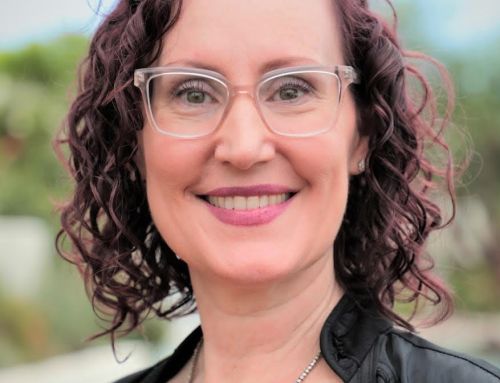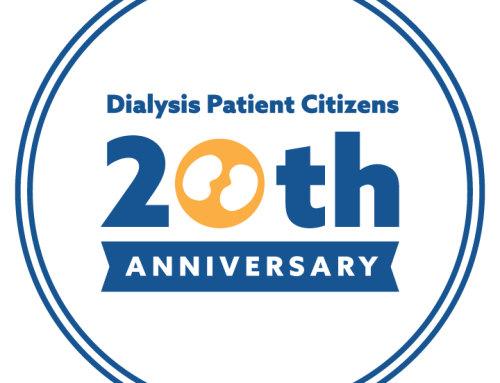The Centers for Medicare and Medicaid Services (CMS) acknowledged patient concerns by delaying for two years its planned cut to the Medicare End Stage Renal Disease (ESRD) program. The Medicare agency’s decision didn’t give dialysis patients everything we asked for, but it does mean that nearly $2 billion slated to be cut from kidney care in 2014 and 2015 will remain available to treat patients. However, it also means that patient advocates must be vigilant for any signs that access to care is shrinking as providers anticipate cuts now scheduled to take effect in 2016.
The Medicare ruling came in the wake of nearly five months of grass-roots lobbying by patients, their families, and their partners in care. Your letters, calls, and visits to members of Congress resulted in demands by a bi-partisan majority of the House of Representatives, and numerous key senators, that Medicare officials reconsider their proposal. Meanwhile, your advocates in Washington marshalled extensive research and legal arguments to make the formal case that the cuts should be reversed.
How should patients feel about this outcome? Certainly, we can all feel satisfied that our voices were heard and our elected representatives in Washington renewed their commitment that kidney failure will not be a death sentence nor a barrier to a fulfilling life. One can view the glass as “half-empty” or “half-full.” Here are the positives and negatives:
On the positive side:
- Nearly all health care sectors are shadowed by impending Medicare cuts, and most face cuts that are larger or more imminent. For example, doctors face 24 percent Medicare cuts every year. In Washington, getting relief for a two-year period is considered a lucky break.
- The stock market agrees that dialysis got a lucky break.
- Providers are spared from immediate retrenchment.
- CMS increased the home hemodialysis training rate by 50%, removing one significant barrier to patient access to those modalities.
On the negative side:
- The final rule does not change CMS’ original proposal to reduce dialysis funding by 12% – it merely delays it two years.
- The stock market is dominated by short-term investors, so their enthusiasm doesn’t reflect the concerns of patients with long-term needs.
- The ruling did not give providers their inflation adjustment, and they still must deal with increased costs, such as competing with hospitals to retain nurses, who are in high demand in more lucrative practice settings.
- The financial uncertainty threatens the viability of the ESRD Seamless Care Organization (ESCO) program, which could significantly improve patient outcomes while reducing costs to our health care system. The ESCO project design requires providers to make significant upfront investments in care coordination, but fewer resources will be available during the five-year span of the program.

